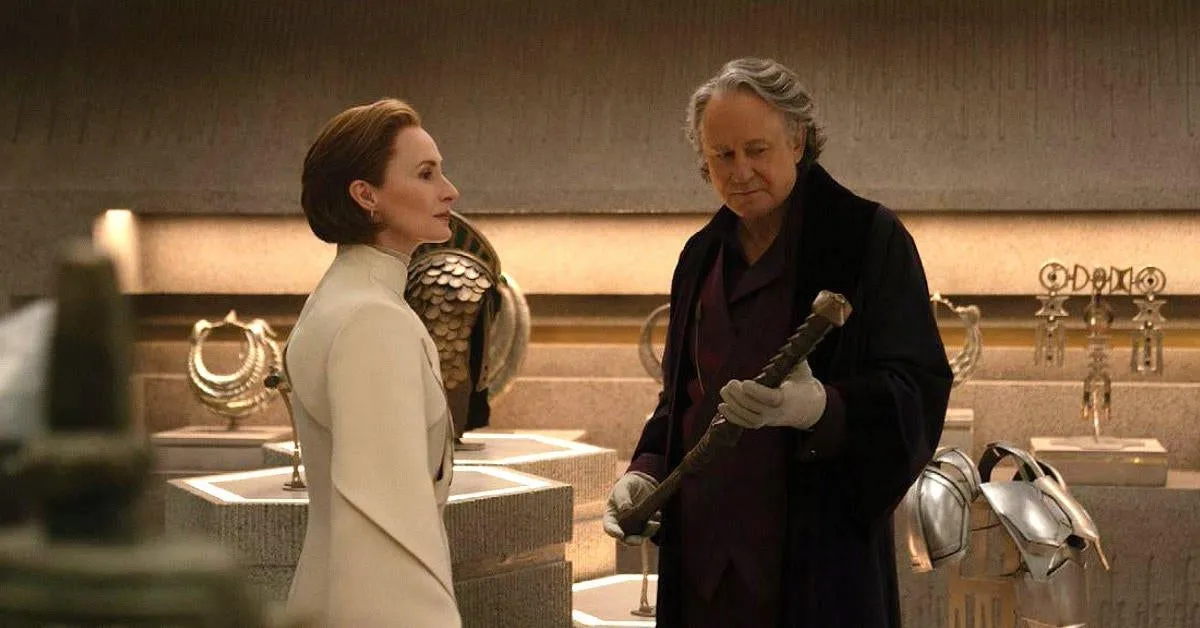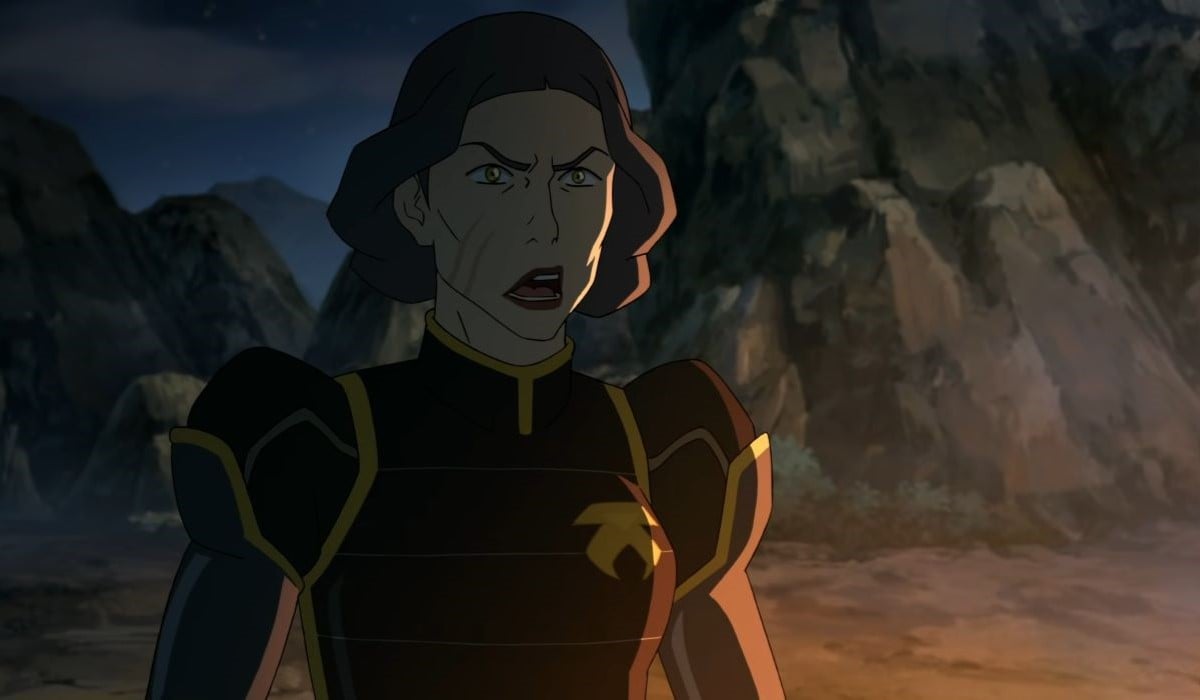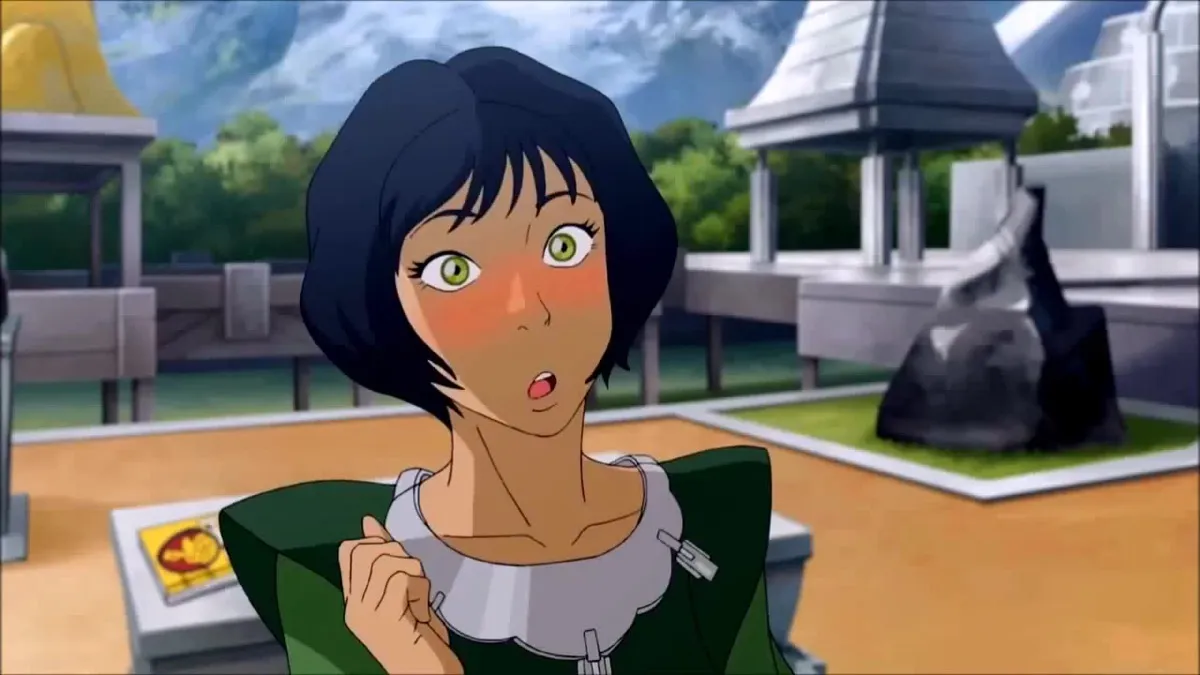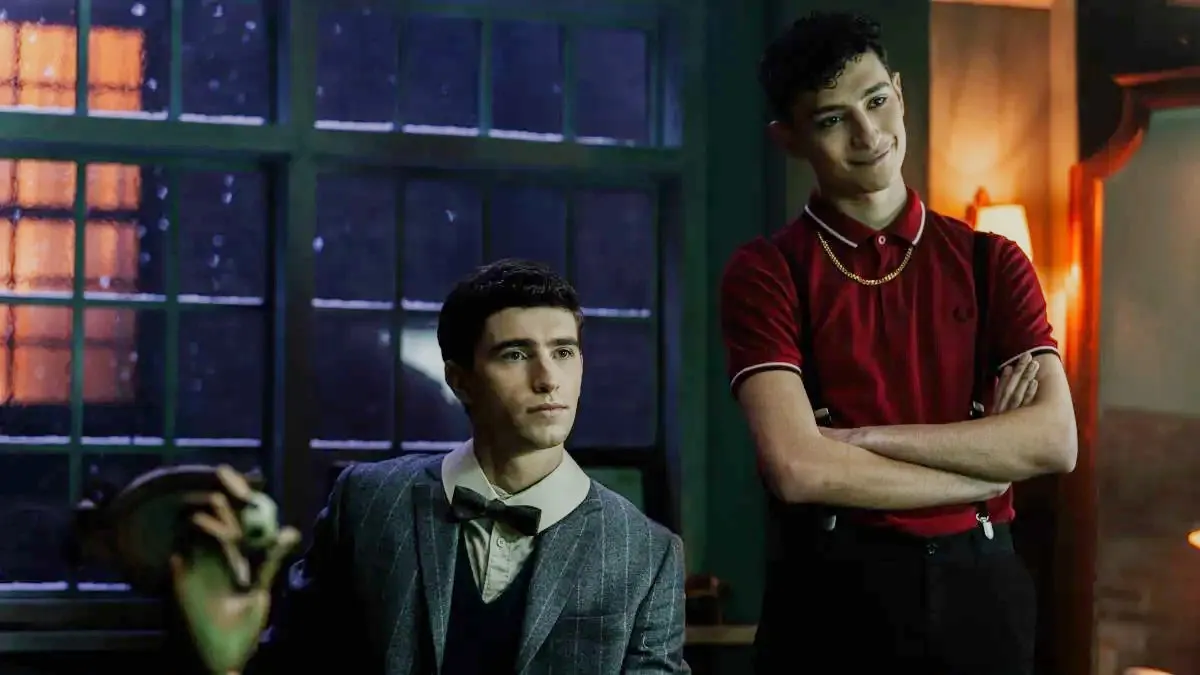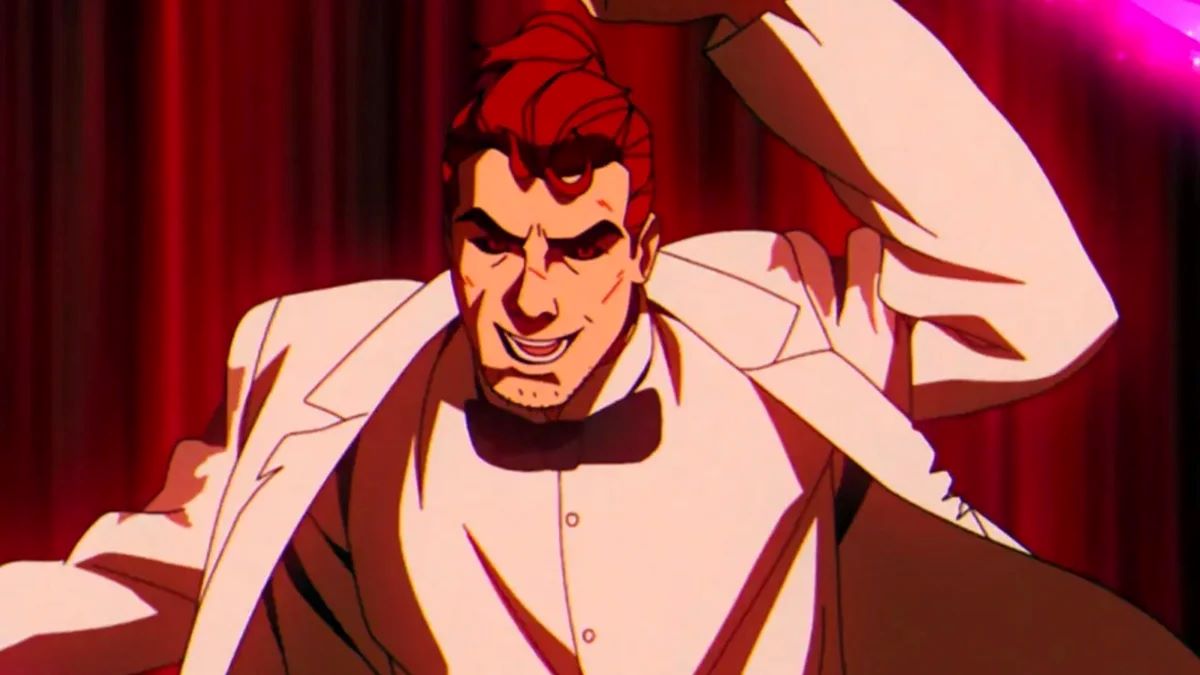Disney+’s Andor series is the latest entry in Star Wars canon and serves to both connect and add to that ever-expanding galaxy. As a prequel to Rogue One: A Star Wars Story, it’s very much connected to that movie in particular, so here are some of the strongest connections between Andor and Rogue One (and other Star Wars stories).
Featuring easter eggs and connections from all of Season 1!
Font and setting
The very start of Andor has text in the same font used in Rogue One to establish the settings. In addition, we get the date, being BBY 5, or 5 years before the Battle of Yavin (Rogue One, A New Hope, etc). I’m not sure if we’ve seen this used in live-action before, but this method of labeling years as BBY or ABY has been a staple of the Star Wars Expanded Universe for decades. What’s also notable is that this series starts at around the same time as the pilot episode of Star Wars Rebels and is around the time that Saw Gerrera abandons Jyn Erso.
Don’t join
Cassian’s early attitude toward the thought of an organized rebellion is essentially a mirror of Jyn’s apathy toward the rebellion early on in Rogue One. He hates the Empire but thinks they’re too big to fight head-on, so he resigns himself to stealing what he can from under their noses. This is presumably the start of his arc that ignites his hope in the rebellion, which will in turn ignite Jyn Erso’s spark.
Fest
Cassian’s original background of having been a child soldier for the Separatists on his homeworld of Fest appears to have been retconned for this series; this makes sense considering his past/future as a spy lends some inherent mystery to his story. They do mention it as his adoptive mother, Maarva, mentions the fact that they have always stated they are from Fest as a way to throw people off of their trail.
Language
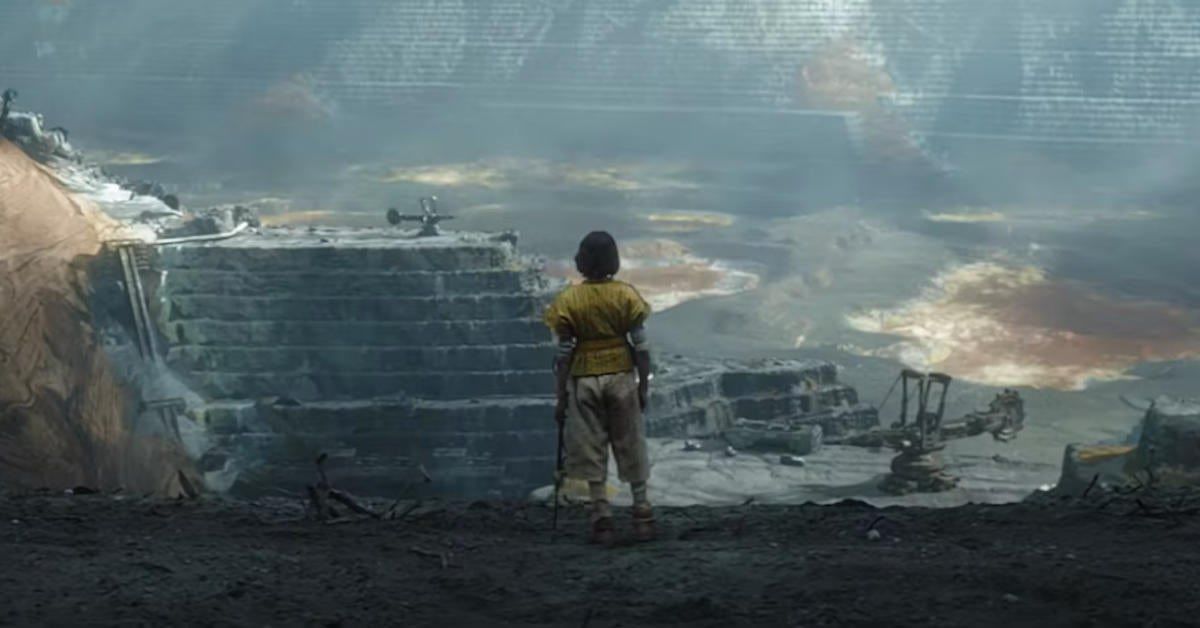
The flashback scenes on Kenari are one of the first times we’ve seen humans speaking something other than “Basic” (the name for English in the Star Wars galaxy). This is also one of the notable times where the languages are not subtitled, much like the Jawas in A New Hope.
B2EMO
We have another droid companion, a constant in Star Wars. B2EMO is shown both as a shiny new droid in flashbacks and as a scrappy one struggling to perform basic functions, much less speak. Its speech pattern is similar to D-O, another aged droid who struggles to speak without stuttering.
In episode 11, we also see how he mourns Maarva and how he’s concerned that he may be thrown out or treated as an object now that she’s gone.
Partisans/Saw Gerrera
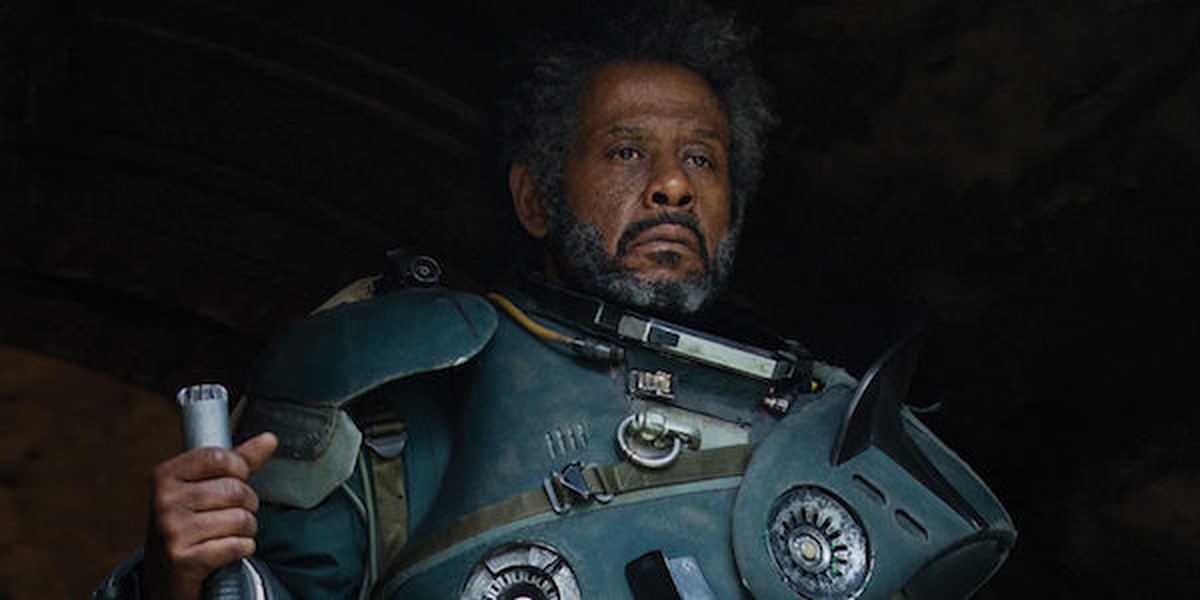
At the start of episode four, Cassian thinks Luthen could be part of the Partisans, who we saw in Rogue One, Bad Batch, and Fallen Order. The Partisans are a militant rebel faction led by Saw Gerrera who raised Jyn Erso, was trained by Anakin, Rex, and Ahsoka, and was the original Fulcrum spy.
As of Episode 8, Luthen sits down with Saw Gerrera in an attempt to bring him into the fold and get him to work with other factions, but Saw is too distrusting of outsiders to agree to it. This also hints at the paranoia that almost tears some of these factions apart; Luthen himself is willing to kill Cassian to ensure he stays silent, not knowing he would be depriving the galaxy of one of the greatest Rebels to ever live.
In Episode 11, we also find out that Saw’s paranoia may have been partially due to his partnership with Luthen, who is willing to sacrifice as many rebels as he has to in order to keep intelligence lines open. He even briefly questions if he can trust his own second in command, Edrio Two-Tubes.
Planets
There are also references throughout to planets like Wobani (the prison world from which Jyn was rescued), Hosnian Prime (future capital of the New Republic, destroyed by the First Order’s Starkiller base), Mimban (the mud planet where Han meets Chewie), Scarif (where the Imperial Data Vault is and possibly where the partial construction of the Death Star is taking place), and Canto Bight (the casino planet from The Last Jedi).
Transportation
We also get another look at registered transport in the galaxy. Despite the impression left on us by most Star Wars media, a majority of civilians do not own or have access to private ships and as such depend on the registered transports to go between worlds. Coruscant is shown as being a hub of such transports.
Luthen’s Gallery
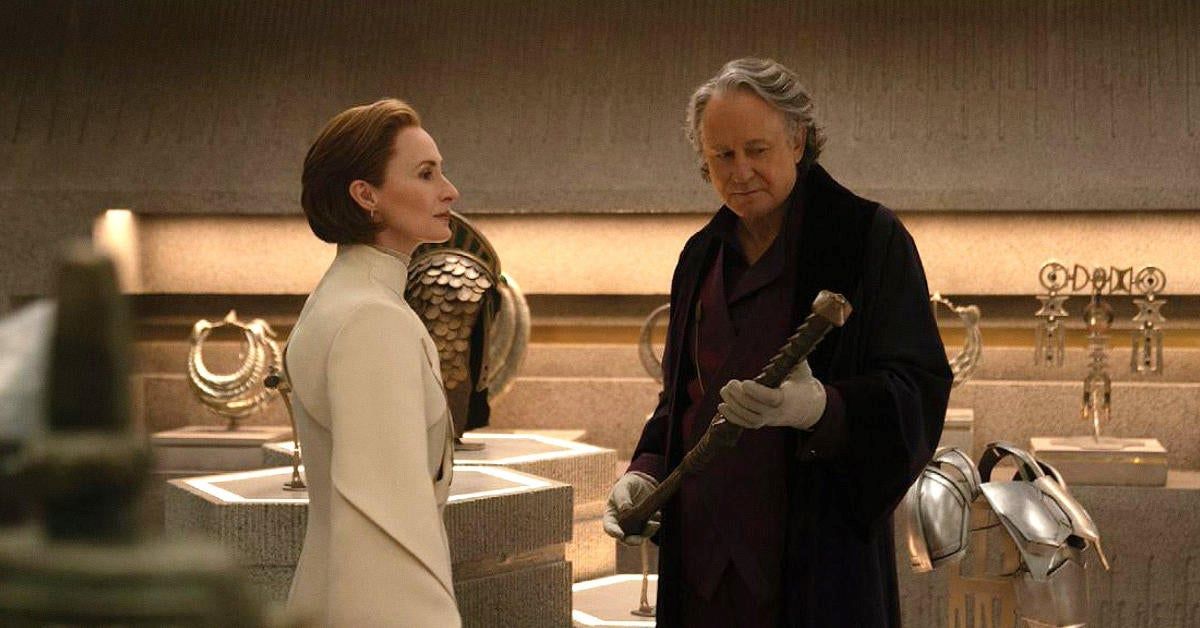
Luthen’s secret identity as an antiquities dealer not only allows him to move freely between systems and classes of people but also gives fans a host of Easter Eggs in his gallery. Among these items are Mandalorian armor, an Utapaun monk cudgel, some stone tablets that look straight from the Lothal Jedi Temple, Sith and Jedi Holocrons, the mask of a Jedi Temple Guard, the helmet of a Sith Stalker, a Twi’lek Kalikori, a Kashyyyk clarion, and Padme’s Bronze Crown from Attack of the Clones. Theoretically, these items could be connected to different rebel factions, such as Tarful’s Wookie rebels or Cham Syndulla’s resistance fighters, but that remains to be seen.
Kyber Crystals
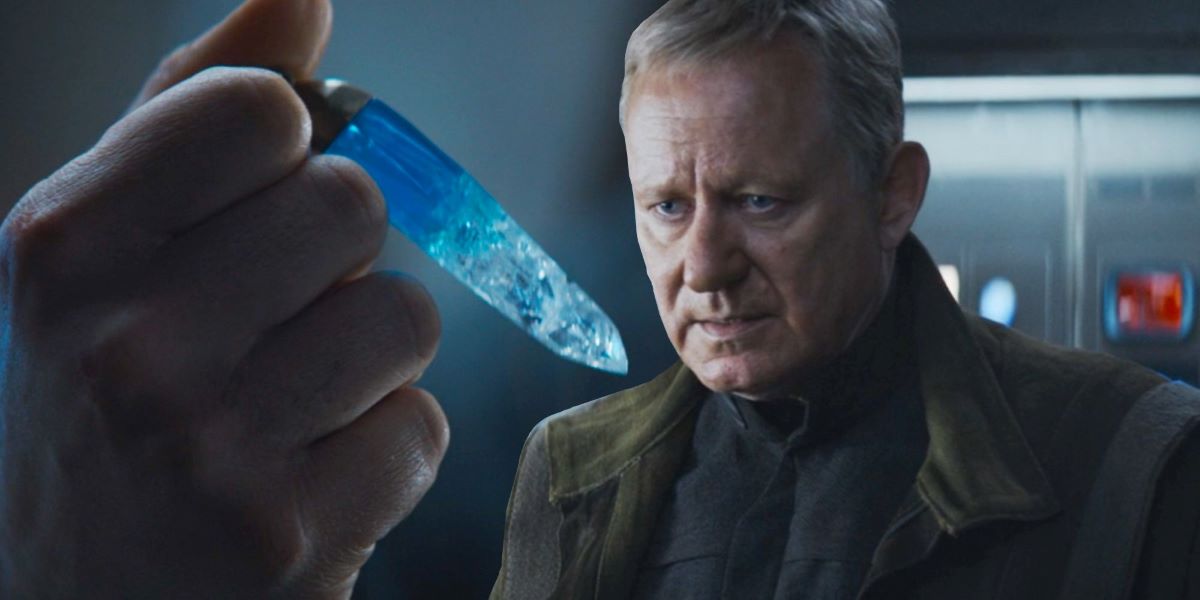
Luthen gives Cassian his Kyber Crystal as a down payment for his part in the heist. This evokes not only Jyn’s Kyber Crystal that she wore her whole life but also the bartering system many people use with Coaxium and other raw materials throughout Star Wars but especially in Rebels and Solo. Luthen claims it dates back to the invasion of the Rakatans, which would make this a rare reference to The Old Republic.
References to the Force
The references to the Jedi and the Force remain minimal, due to being more focused on the poor, average citizens of the galaxy. However, the reference to crystals, temples, and mystics in the area indicates that the area may have been the site of a Jedi Temple that was taken over by the Empire, much like the ones on Jedha and Lothal. I personally think the atmospheric event on Aldhani may be the illumination of Kyber Crystals, but that has not been confirmed at this time.
Sly Moore
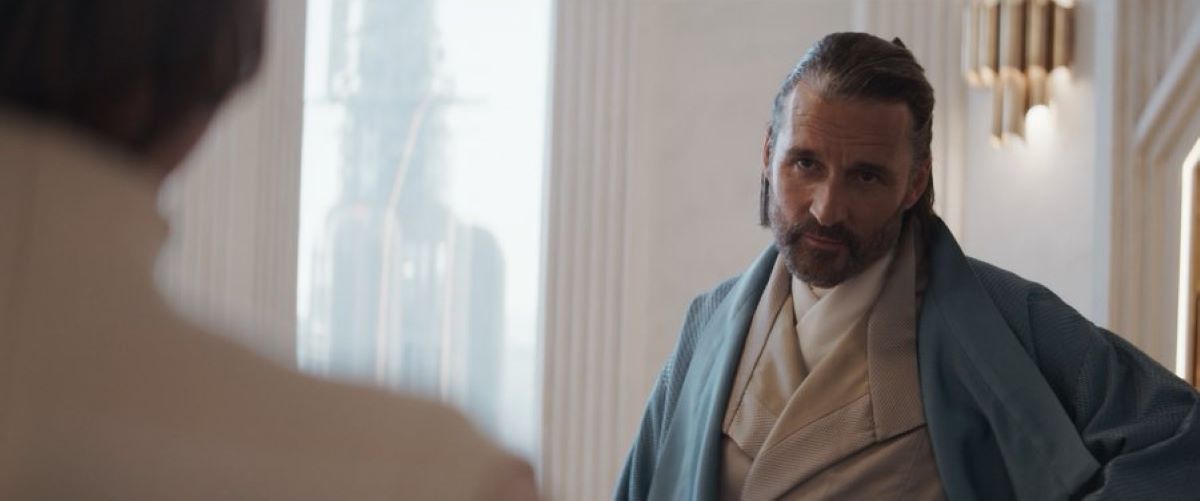
Mon Mothma’s husband, Perrin Fertha, is shown to have invited Sly Moore, one of the Emperor’s closest political confidants, to dinner. This is a genuine danger to Mon Mothma, who risks imprisonment, torture, and execution if her rebel allegiances are proved and shows how difficult it was to be a rebel senator at this time, surrounded by spies and having to break bread with the enemy. Even worse, Sly Moore is Force Sensitive and will likely be able to sense lies and deception. Nice going, Perrin.
Ghorman Massacre
Mon Mothma also references the Empire’s treatment of the Ghorman, cutting off their shipping lanes, similar to the Trade Federation’s occupation of Naboo. This is also three years before the Ghorman massacre, which would lead Mon Mothma publicly resigning from her position and start the formal rebellion in Rebels. Her husband’s lackluster response seems to be a commentary on men who think they can be friends with people who have very different politics from their loved ones and still keep in their loved ones’ good graces when that inevitably leads to conflict. (Either way, I am already eagerly awaiting her husband’s death.)
The fact that the Senate chambers are largely empty during her speech and those who are present are busy talking about other things also shows how much the Senate is basically a formality and none of the politicians actually care.
Forty atrocities vs One Incident
The Rebels note that Empire hides behind forty atrocities than a single incident. This potentially references how Alderaan and the Death Star will be the straw that breaks the Bantha’s back; the Empire committed countless genocides before A New Hope, but the destruction of an entire planet (and a Core World at that) makes the galaxy realize the Empire will never stop.
The Aldahni
The Empire’s treatment of the Aldahni is wretched not only in its disrespect but also in its more subtly insidious ways. They pretend to support the Aldahni’s pilgrimage while trying to undercut their traditions and playacting the part of hosts / protectors. Meanwhile, the Aldahni know they have to take the disrespect or else risk punishment. This mirrors plenty of real-world colonization and genocides, but especially resembles Rogue One and how the Whills of the Force, Chirrut Imwe and Baze Malbus, had their way of life uprooted by the Empire.
Echo
The codename used by the Rebel infiltrators is Echo, which brings to mind both Echo base on Hoth and the clone trooper of the Domino Squad Echo, who had a habit of repeating every order.
Light and Hope
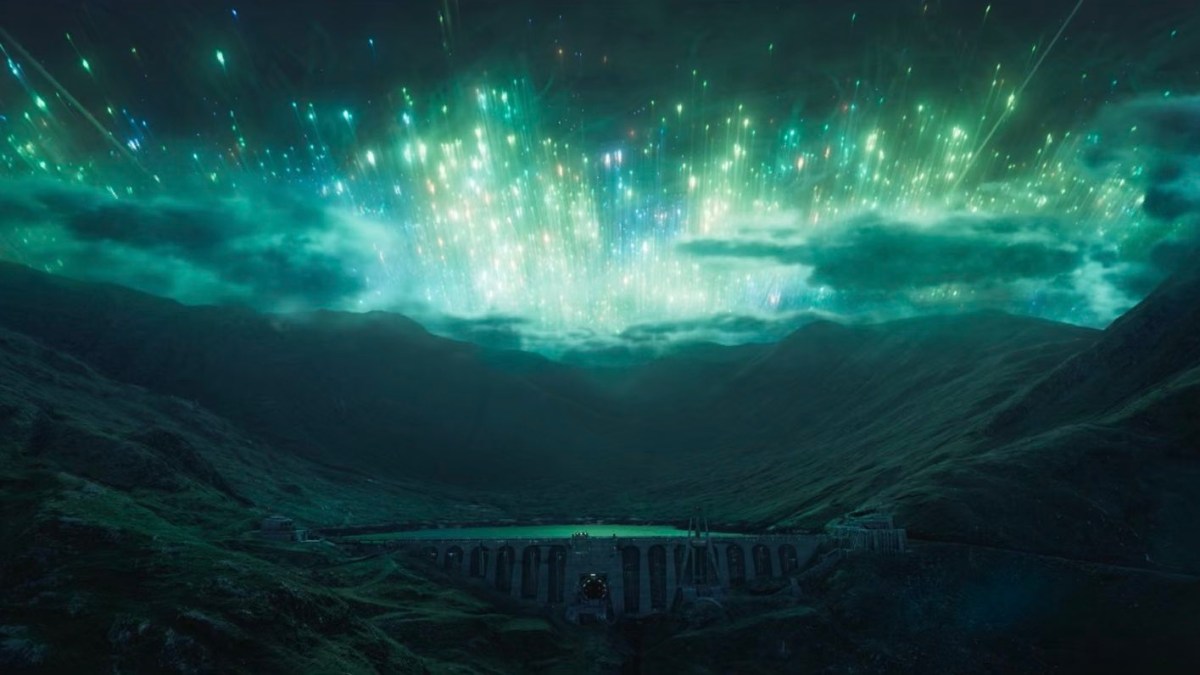
The interconnection of light and hope in Star Wars is often literal, but it’s especially prevalent in episode 6 of the series, where the Rebels use the distraction of a natural light show of the Eye and the difficulties for Imperial Navy tech to operate in it to get away with their daring heist. It also shows the fight between traditional ways (be it the Aldahni’s pilgrimage or the ways of the Force) and the Empire’s attempts at modernization by erasing those traditions.
Climb
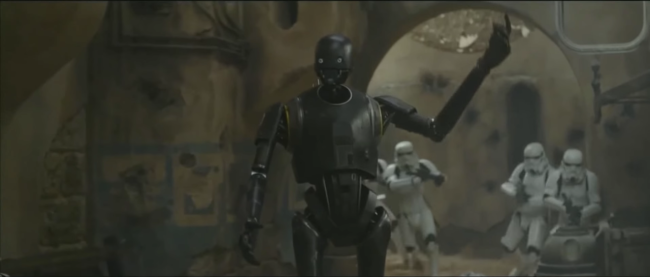
Nemik’s last words to Cassian are “Climb,” mirroring K-2SO’s final words to Cassian, instructing him to climb up to the dish in order to broadcast the plans. It ties into Cassian taking a leap of faith as part of his rebel arc and the start of his character development.
In fact, keep an ear out for any uses of the word climb. It appears to be an arc word throughout the series, often used to symbolize the rise of the rebellion.
Tightening of Fists
The ISB (under the direction of Admiral Wullf Yularen from A New Hope, Rebels, and The Clone Wars) is instructed to “tighten their fists” to prevent rebellion from breaking out. Instead, as Leia said in A New Hope, “the more you tighten your grip, the more star-systems will slip through your fingers.” Basically, the iron fist of the Empire was ultimately their downfall.
Weapons
“Has anyone ever made a weapon that wasn’t used?” Luthen says to Mon Mothma. In the scene, he is talking about the rebellion on the horizon and how the increase in violent, open resistance was inevitable. But that could also apply to the long list of superweapons throughout Star Wars, especially the Death Star, which some imperials claimed was a ‘rebellion deterrent.’
KX Droids
We also finally get Cassian’s first encounter with a KX Imperial Security Droid, one of which he will eventually reprogram and turn into his partner-in-rebellion, K-2SO. However, this droid has a different voice than Alan Tudyk, who is confirmed to not be appearing in this season.
Axis
The Empire designates Luthen with the codename Axis. This is similar to the Fulcrum callsign used by Saw Gerrera, Ahsoka Tano, Agent Kallus, Cassian Andor, and many other spies throughout the Rebellion.
I am Snoke
Andy Serkis has returned to Star Wars. This time, instead of being the Supreme Leader of the First Order, he’s a petty foreman who seeks to make the best of his time in prison by overworking the other prisoners to his benefit.
Melshi
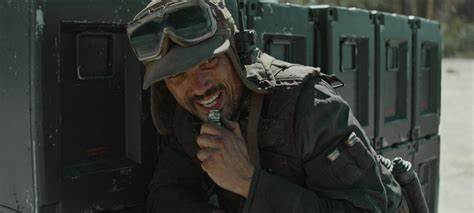
Ruescott Melshi is another surprise cameo from Rogue One, being one of the rebel fighters who ‘rescues’ Jyn Erso from prison and who joins the Rogue One squadron in their infiltration of Scarif, being in charge of the ground assault.
Two Tubes
We get a return of the ‘Two Tubes’ Partisan fighter from Rogue One, looking over the landscape similar to Jedha, with an X-wing in the background. What’s interesting about the X-wing is that the Partisans 1) favored U-wings more from what we’ve seen and 2) X-wings were supposedly one of the newer Rebel ships, with their first recorded use in rebel combat being in the attempted (failed) invasion of Lothal. Saw having an X-wing 4 years before almost any other faction and keeping them for himself could show some of the downsides of not sharing technology and secrets.
THX 1138
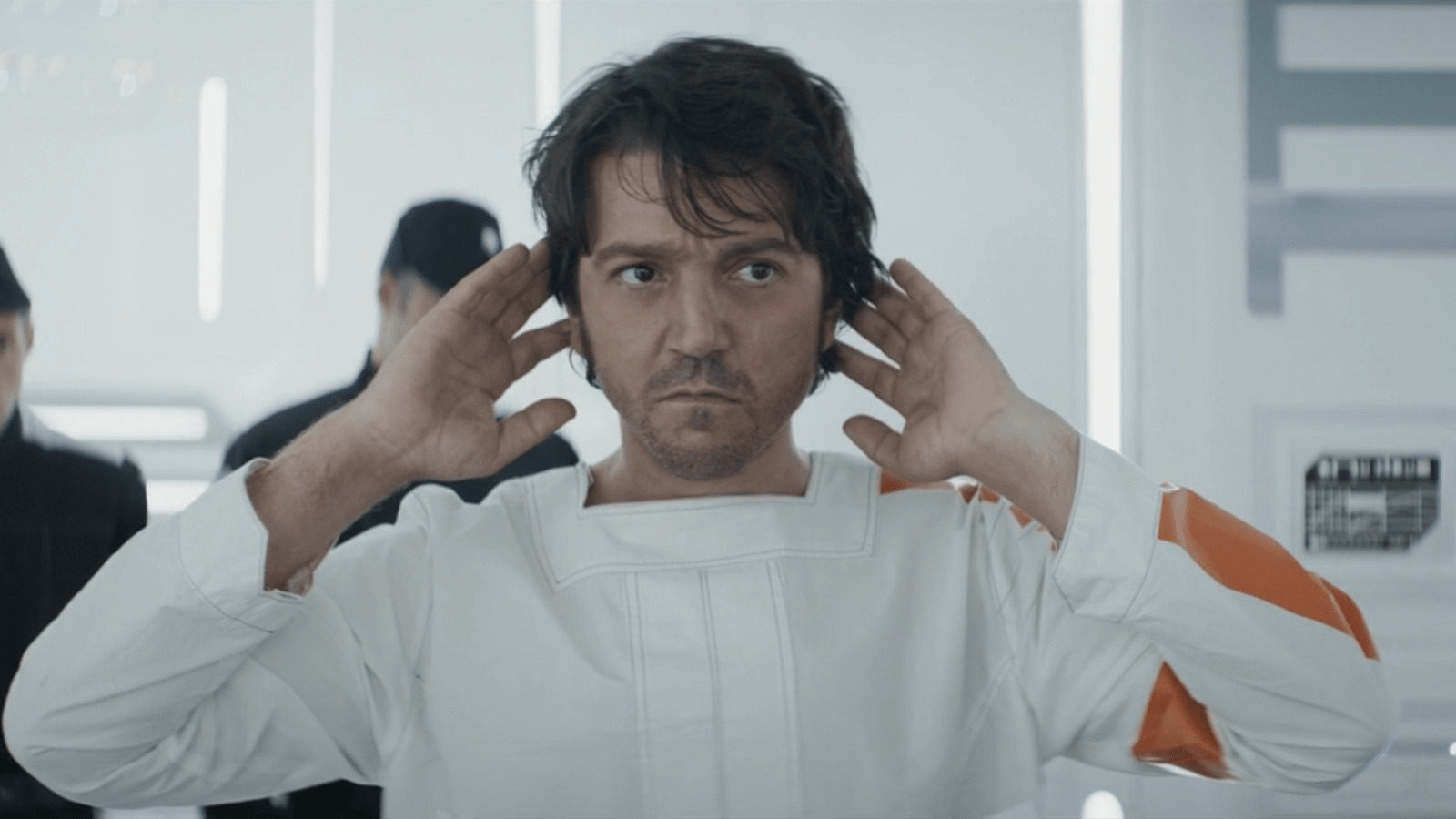
George Lucas’ first movie is now essentially being adapted into the Star Wars galaxy with Andor’s prison plot line, complete with a stark white prison (though it also evokes Kamino from the Prequels). They’re essentially slaves, force to build some kind of machinery for the Empire. Some think it’s for the Death Star, but the Empire had a lot of different projects being created at this time, such as the TIE Defender project.
Keep it in the Family
The reveal that Vel is Mon Mothma’s cousin continues the Star Wars tradition of everyone being related in some form or another. I personally also think it solidifies that she will eventually die, and her death will spur Mon Mothma into action.
Fear vs Power
In Episode 10, Cassian states that the prison guards are not powerful but instead are fearful, as someone powerful doesn’t need to kill hundreds of men to keep a secret from coming out. This comments on both the Empire and the Dark Side as a whole; the Dark Side, while powerful, derives its power mainly from fear. The Empire also needs fear to stop rebellion, not realizing that fear would be their undoing when the people realized that living free was more important than living in fear. Even the cry of “one way out” shows how when you are certain of death, you have nothing left to fear and rebellion becomes easy.
Light Clothing vs Dark Clothing
There’s an interesting use of color coordination in the clothing throughout the series: Star Wars tradition often has the good guys (like Mon Mothma and the prisoners) dressed in light colors while the bad guys (prison guards, imperials, etc) are dressed in dark colors. But the series also subverts this at times; the ISB are differentiated from other Imperials by their white uniforms and the Aldahni rebels wear mostly dark earthy colors to blend in with their surroundings.
More “Analog”
Andor also calls back to the ‘low tech’ of the original trilogy by using star-maps and schematics that feel very 70s / 80s.
The voice of the prison
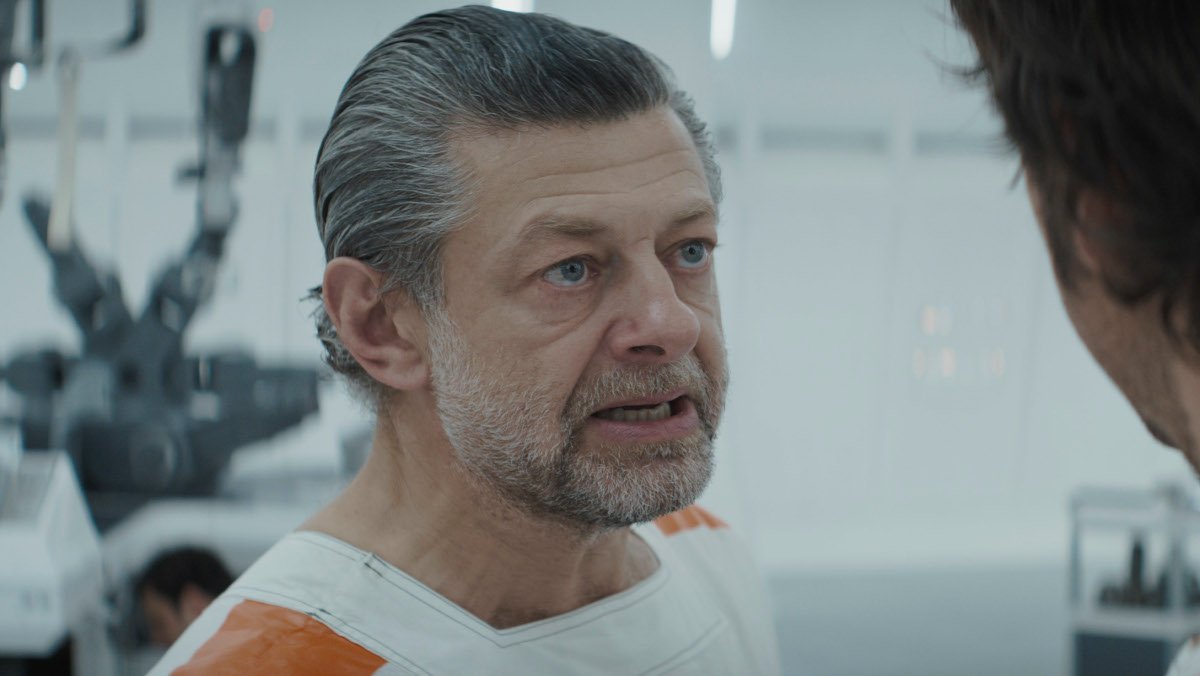
A subtle one but when Kino opens up the P.A. system to let the other prisoners know they’re in control, there’s a bit of voice modulation that shows they deepen the speakers voice to make it sound more authoritative. This may be a reference to Darth Vader, who was both warden and prisoner of his cybernetic suit and whose voice was deepened by the suit to make him sound more authoritative.
Quadjumper
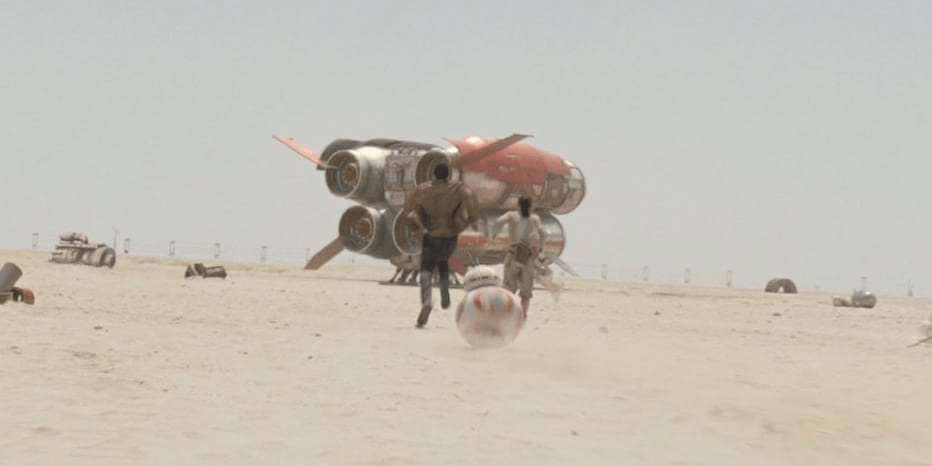
Cassian and Melshi attempt to escape by stealing a quadjumper from some local fishermen. A quadjumper is the same ship that Rey and Finn were about to use to escape Jakku when it was destroyed by First Order TIE Fighters. What’s interesting is that Cassian and Melshi think the quadjumper is barely capable of flight while Rey (initially) prefers the quadjumper to the Millennium Falcon, possibly demonstrating either advances in technology or the differences in technologies available.
Radicalization
The entire series is essentially an exploration of how individuals become radicalized; Cassian, Syril Karn, even Mon Mothma’s more traditional daughter Leida all appear to be undergoing some form of radicalization. This mirrors Luke Skywalker and his arc, where in the first half hour of A New Hope, goes from wanting to join the Imperial Flight Academy to smuggling Rebel droids and a wanted Jedi through a blockade. Of course, things aren’t quite as cut and dry as they were in that story, and we get to see why everyone chooses the paths they do. It doesn’t condone the paths, but it explains them.
Caught in a Tractor Beam
Luthen gets away from an attempted imperial boarding by shredding the tractor beam with metal shrapnel. This was a method first used by Luke Skywalker in the Thrawn Trilogy.
Bryar blaster pistol
Cassian’s weapon of choice is a Bryar blaster pistol, the same weapon used by the now de-canonized rebel mercenary, Kyle Katarn.
Clem

Cassian’s flashbacks to his father have been sprinkled throughout the series, but the most notable one is perhaps his last one, where he talks to Cassian about seeing value in things that others do not. The fact that the Empire was constantly overlooking people was their ultimate downfall as it led to overconfidence and recklessness. They overlooked Cassian frequently, they overlooked the prisoners, and now they overlooked the people of Ferrix. By the time they took notice of the rebellion happening in front of them, it was too late.
Manifestos
We finally get to hear parts of Nemik’s manifesto and it sounds similar to some Jedi preachings about the Dark Side of the Force; how it is unnatural, a bastardization of the Force, and how the Dark may seem powerful but it will never be as strong as the light side. At the same time, Nemik ends his manifesto with a call to “try,” unlike Yoda’s “Do or do not, there is no try.”
Uprising
The Ferrix riot is fascinating in its realism, resembling real-world labor strikes and protest marches more than the previous bombastic displays of rebellion we’ve seen in most other Star Wars properties (a few episodes of Rebels excluded). The use of Maarva’s brick also reminds me in particular of the Stonewall riots and “the shotglass heard around the world.”
The sound of rebellion
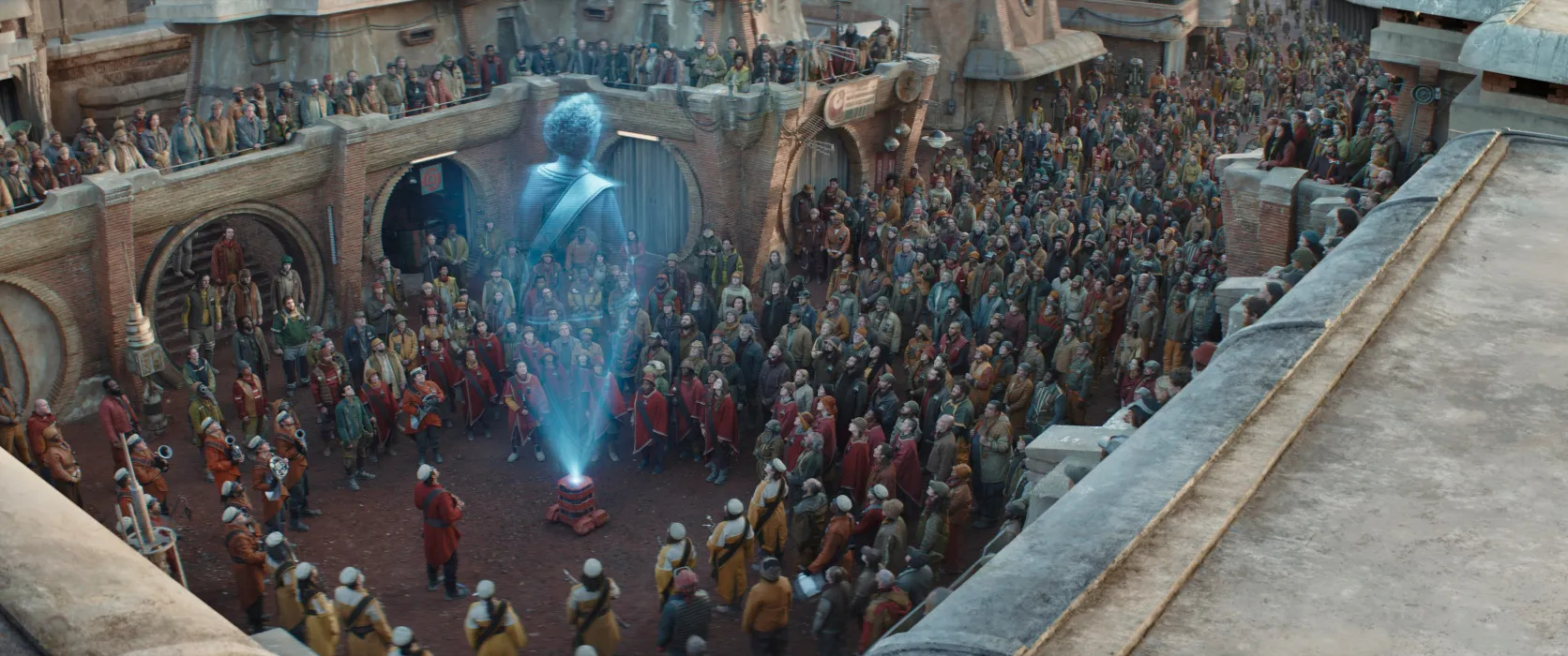
The credits of this show were fascinating in their evolution, using different instruments like drums and horns to convey the growing rebellion and Cassian’s place in it. Even better, the season finale revealed that the song wasn’t any old song, but a Ferrix funeral march that Maarva turned into a war cry.
Post-Credits Scene
The post-credits scene also revealed that the machines Cassian and the other prisoners built are indeed parts for the still incomplete Death Star. An ironic connection, given that this weapon will kill Cassian and Cassian will help destroy it.
What connections/Easter eggs did you spot? Comment with your favorites!
(featured image: Disney/Lucasfilm)



